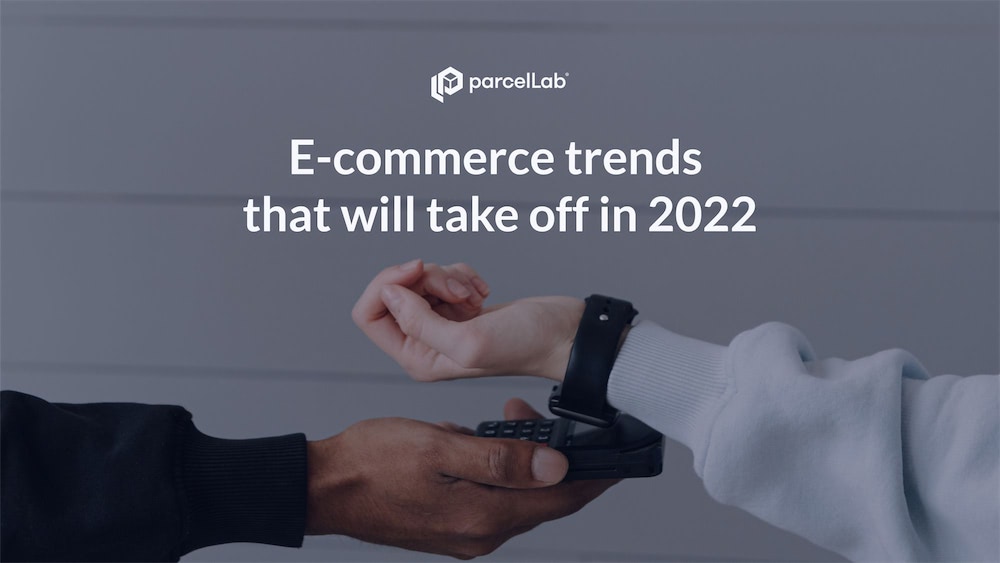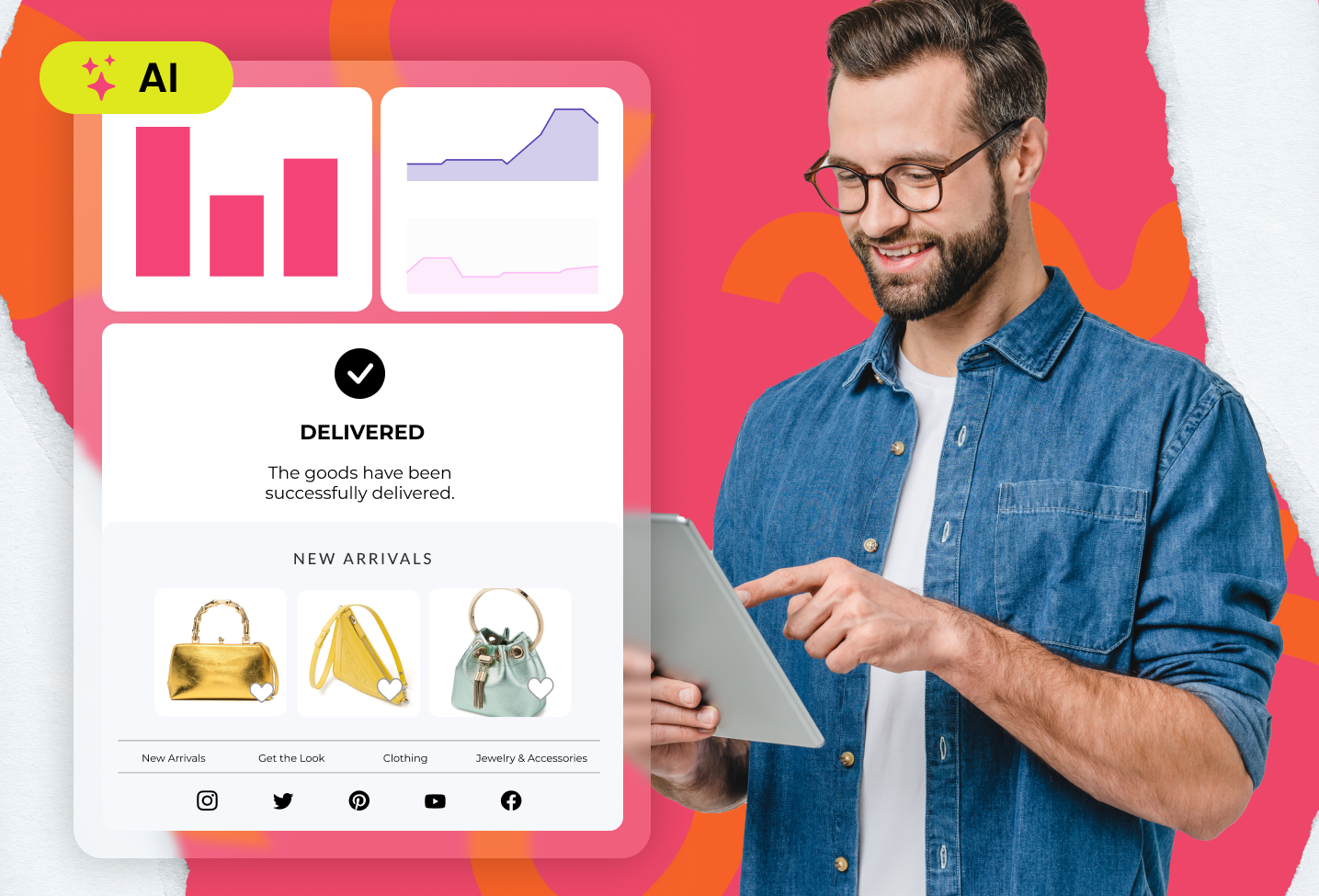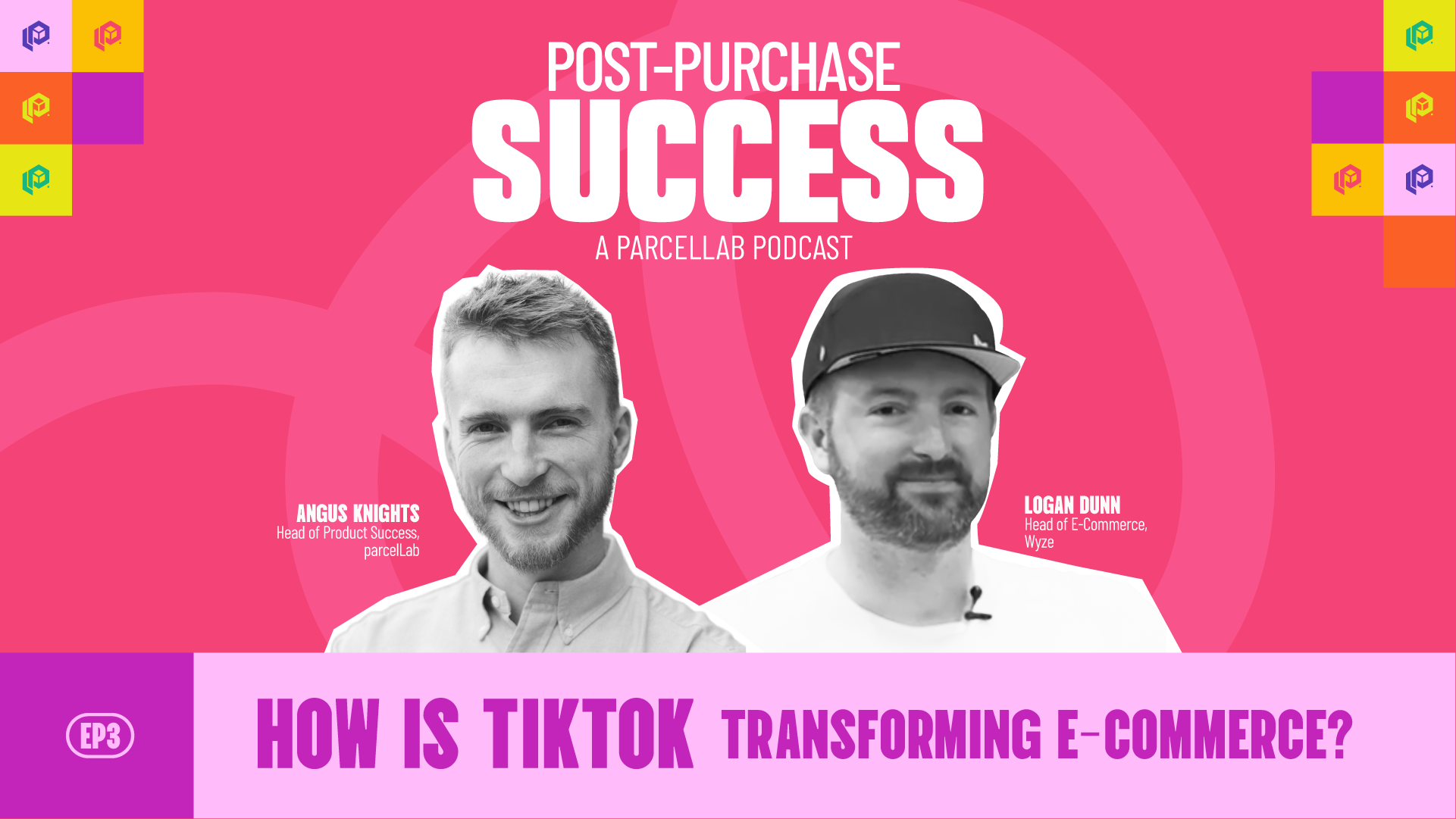6 trends that will surge in e-commerce in 2022

In 2021, e-commerce has continued to thrive. More people are now more willing to buy online than they ever have before. And retailers are keen to accommodate. As a result, in 2021 we saw a rise in technology that bridges the gap between people and retailers, such as chatbot solutions, virtual try-on AI tools and improved tracking capabilities post-checkout. As we look ahead, will in-store shopping make a return in the New Year? What will e-commerce retailers do to encourage shoppers to keep coming back? We’ve broken down six key trends we expect to dominate in e-commerce in 2022.
1. Sustainability
Increasingly, people have the luxury of choice when they shop. Not only can people now buy most things online as well as in-store, but they also have a wealth of online retailers to choose from. As a result, we see people choose brands by the values that they share. The biggest example of this is in sustainability. The public have begun to make buying decisions based on the eco-friendliness of a retailer. Questions like ‘Where are the materials sourced from? What is the packaging made of? Do they offer green delivery options?’ are becoming more common. Brands are taking notice, and we expect that the New Year will bring with it new sustainability initiatives.
2. Circular economy
On a similar note, we predict that more e-commerce retailers will embrace circular economy in 2022. At its core, the circular economy is the idea that everything should be designed to be reused and shared, rather than disposed of. In the model, products are designed, produced, and distributed to serve a primary purpose, but have longevity. For example, after use, the product can be disassembled, and its materials used for another purpose. Or, after use, the product could be repaired, restocked, and redistributed by the retailer. Selfridges has started a new initiative to sell on second-hand toys, for example. The circular economy model is a practical, sustainable option for brands, but it also can provide commercial benefit. Savings on production and sourcing costs means that the circular economy is likely to become more commonplace in e-commerce in 2022.
3. Subscription-style shopping
It is common knowledge that it costs more to win new business than to maintain your customer base. So, it’s no surprise that brands are finding new ways to keep hold of their customers. The rise of online shopping has brought an opportunity for brands to run a new kind of loyalty program. Subscription-style shopping. A person chooses an item they need to refill regularly, chooses frequency of purchase, and the brand does the rest.
The customer rests easy knowing that they won’t run out of pet food, or deodorant, or make-up, or whatever may be. It arrives at their door without them lifting a finger. Customers also enjoy the flexibility of editing their order frequency any time, as well as choosing delivery dates in advance. Some brands go as far as to offer discounts for subscription customers. For the brand, securing the long-term support of customers is an obvious win. It’s for this reason that we believe subscription-style shopping will continue to grow in popularity in e-commerce in 2022.
4. Operations Experience Management
With many retailers competing to sell like-for-like products online, the experience that they offer has become a key differentiator. So, the experience landscape has become an arena where brands battle for customer attention, all vying to outperform each other. This has caused brands to reflect on their processes end-to-end. How are they presenting themselves to prospects? What kind of experience are they delivering during checkout, delivery, or returns? Operations Experience Management is when brands take back control of their end-to-end customer data to manage the experience they deliver their customers during operational processes. We foresee more brands perfecting their Operations Experience Management to deliver enhanced experiences to their customers in 2022.
5. Blockchain and cryptocurrency
Brands are adapting to be as accommodating to their customers as they can. In part, brands do this by offering their customers more choice. For example, retailers are offering flexibility on delivery methods, and payment types. Will this flexibility increase in future? Will we see new ways to pay in e-commerce in 2022? Many people believe that payment by cryptocurrency will become more popular in the future, and as a result more brands will be willing to accept it as a form of payment. Do you think we will see more retailers offering cryptocurrency as an acceptable form of payment in 2022?
6. Augmented Reality (AR)
The convenience of buying online is undeniable. But there are some things that you lack when you choose to buy online. In fact, one of the biggest cons of online shopping is the inability to interact with the product. Augmented reality is changing that. With apps, brands are enabling people to try out products from their devices. For example, fashion retailers can demonstrate what a dress would look like on your body. And furniture retailers allow you to try out a new sofa in your living room before you buy it, in a range of sizes and colors at the touch of a button. In this way, retailers don’t just match up to the in-store experience – they outperform it. That is why we believe AR will continue to expand in retail in 2022.
What e-commerce trends do you think will take off in 2022?
What an exciting time to be a part of the e-commerce space. At parcelLab, we can’t wait to see what the New Year brings. One thing is for sure, brands that have control of their end-to-end customer journey will have an advantage on those that don’t. Managing the entire experience provides brands with agility and flexibility that will help them stay ahead in 2022. Did we miss a trend you think will dominate e-commerce in 2022? Let us know! For more information on Operations Experience Management, request a demo now.



